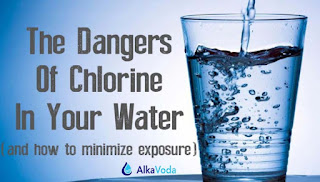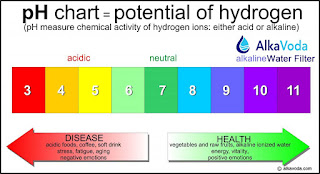Dangers Of Chlorine In Your Water

What is Chlorine? Chlorine is a disinfectant added to drinking water to reduce or eliminate microorganisms, such as bacteria and viruses, which can be present in water supplies. The addition of chlorine to our drinking water has greatly reduced the risk of waterborne diseases. If you’ve ever been to a swimming pool, and most of us have, you’ll recognize that distinct chemical chlorine smell from the pool water. Most swimming pools use chlorine to disinfect the water and keep any bacteria or algae from growing, but that chemical also has tremendous...



